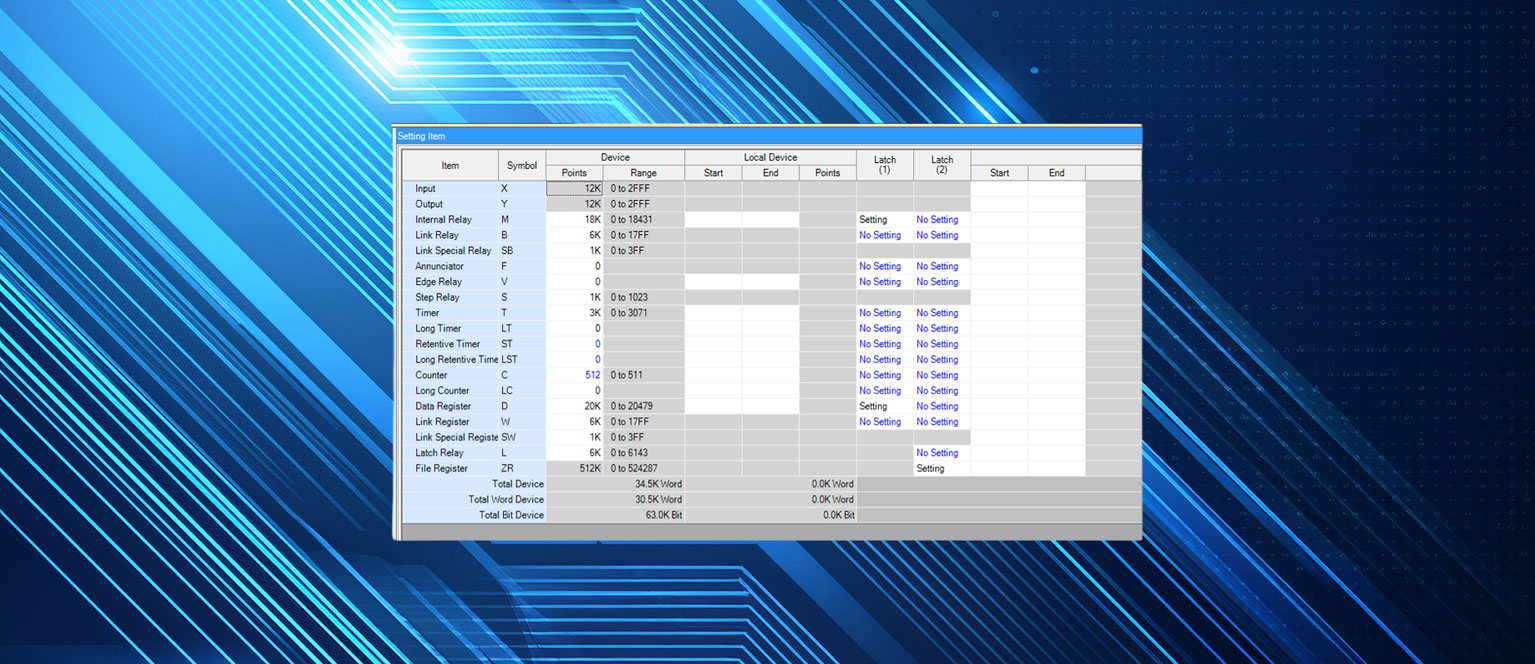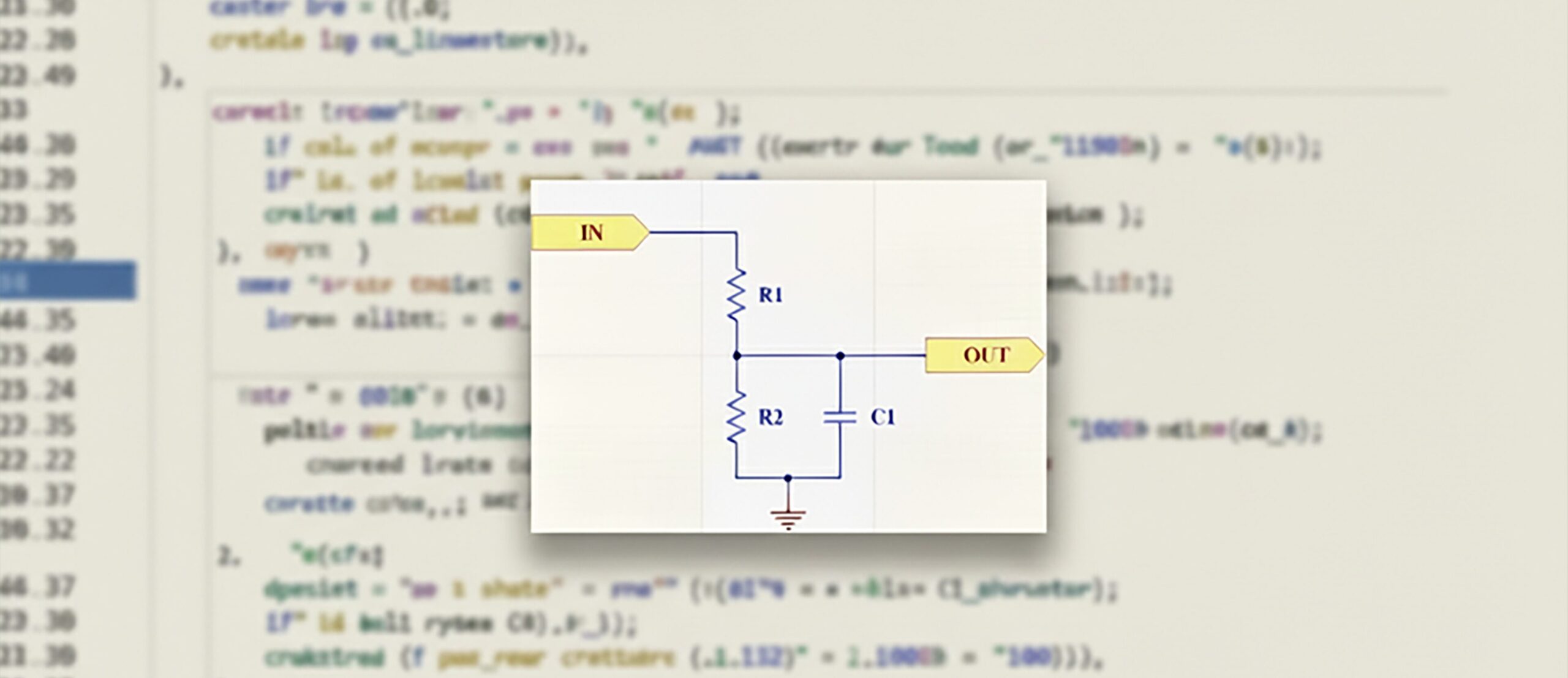Categories
-

Siemens S7-1200 Web Server
-

DMC Selected as Approved Vendor for the U.S. Missile Defense Agency’s SHIELD Project
-

Memory Manipulation Tips For Mitsubishi PLCs using GxWorks3
-

Beckhoff TwinCAT HMI – Tips and Tricks
-

Engineering Culture, Community, and Craft Cocktails in Denver
-

Why Buy New? The Case for Modernizing Test Rigs in Aerospace & Defense
-

DMC Quote Board – January 2026
















